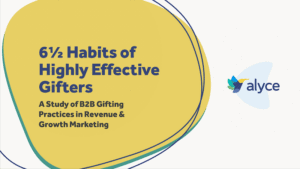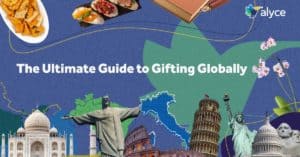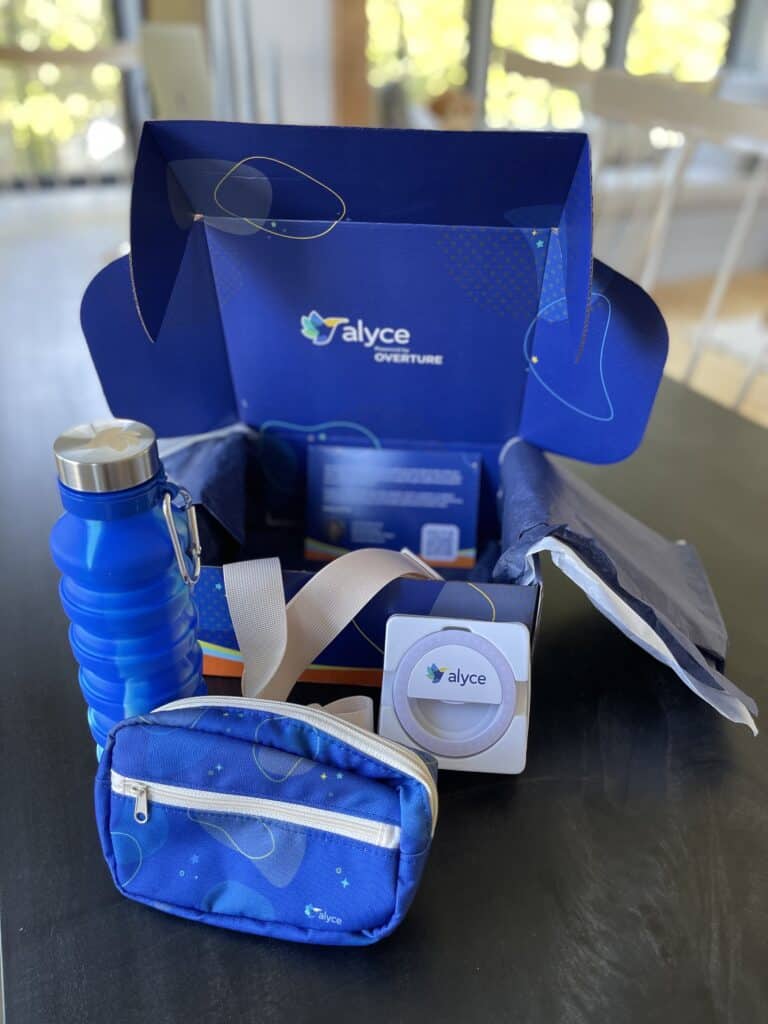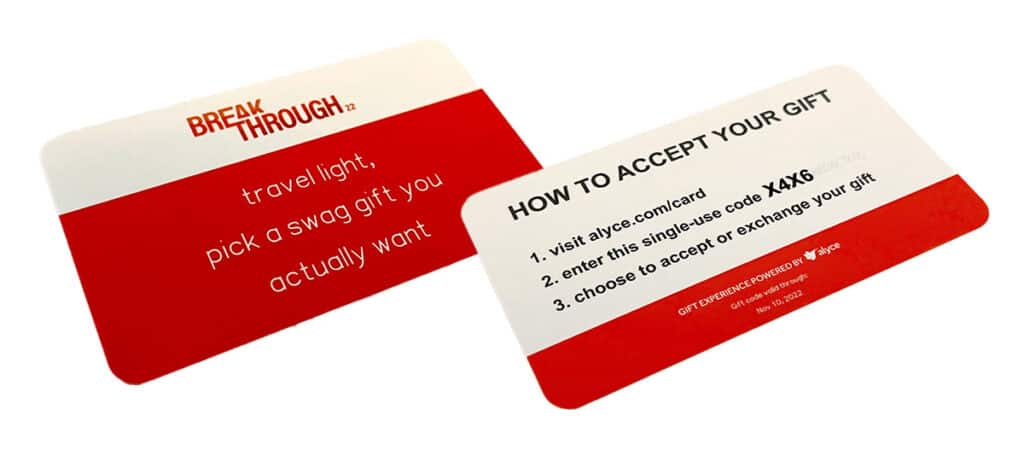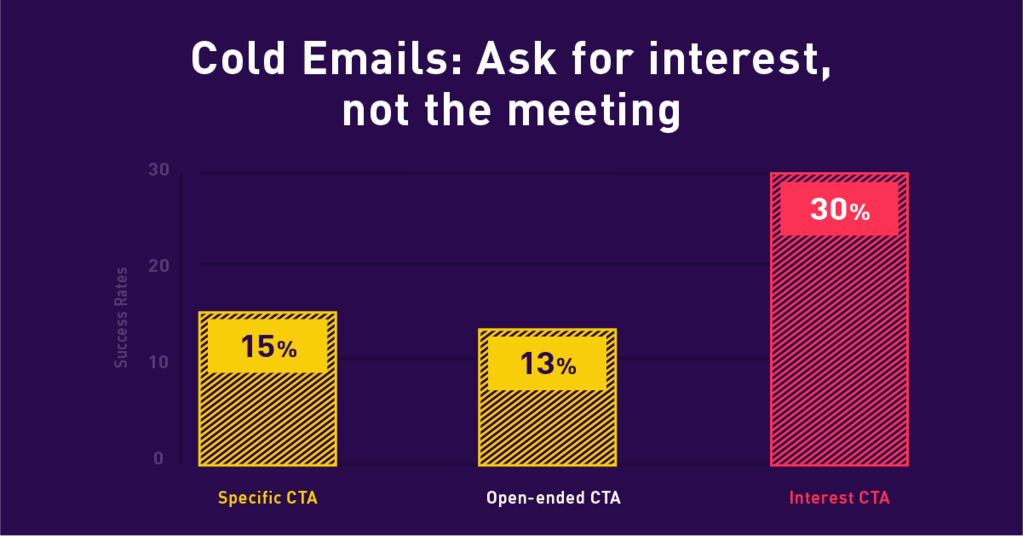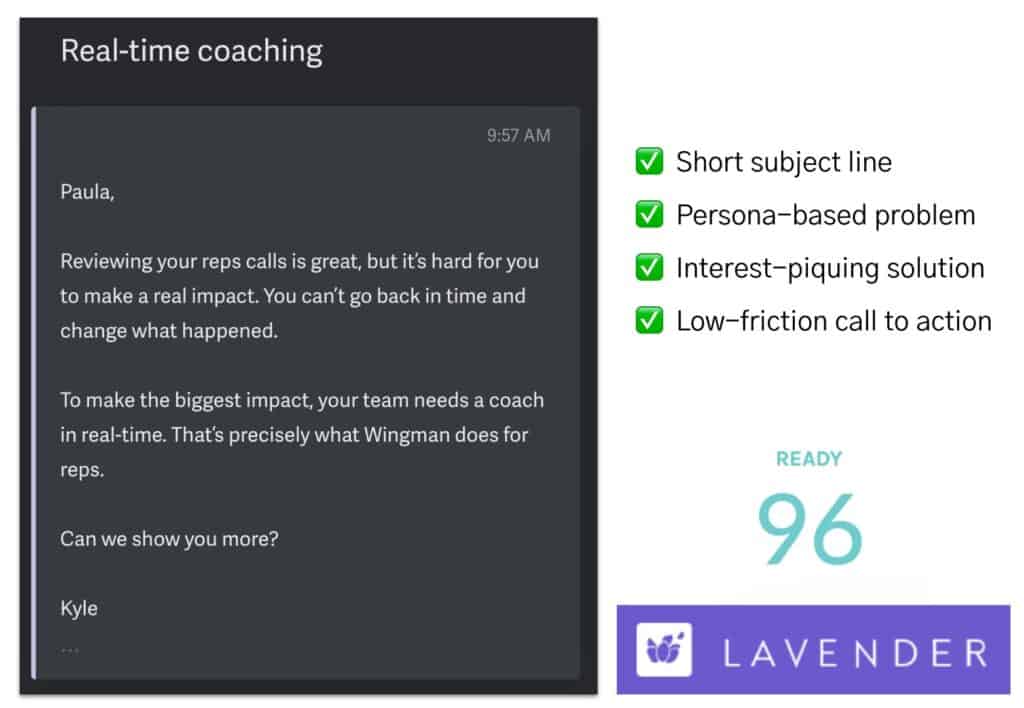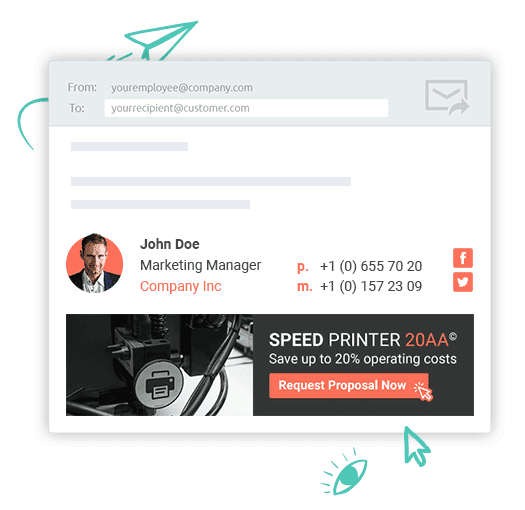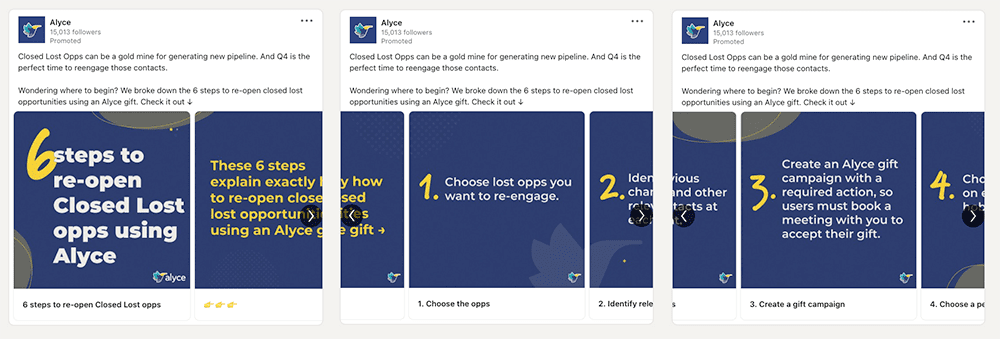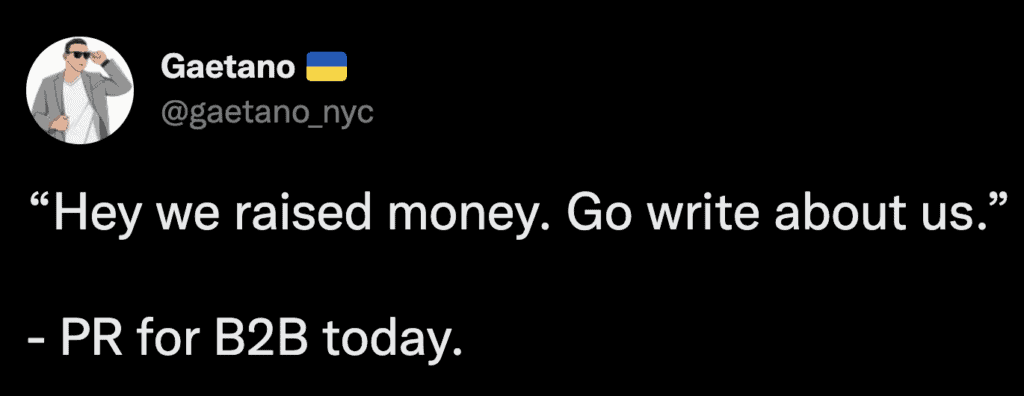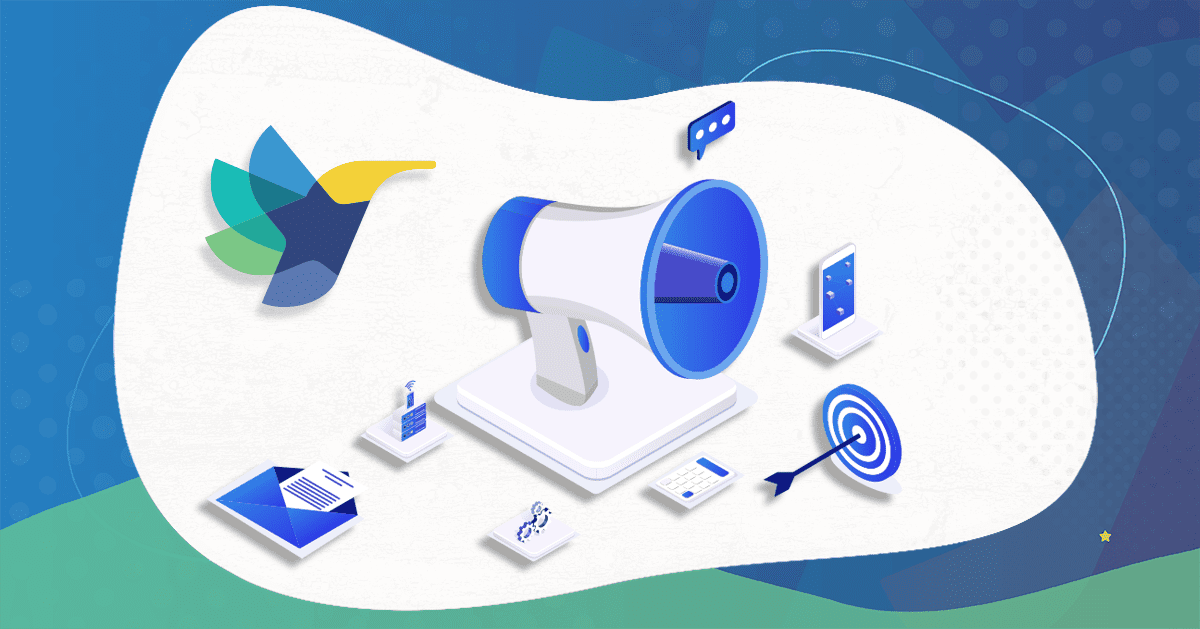
The game has changed when it comes to B2B growth. This guide is the ultimate playbook for growing your brand through an outbound marketing strategy.
What Is Outbound Marketing?
Outbound marketing is a way to proactively seek out customers rather than waiting for customers to come to them. This interaction happens through various channels, such as direct mail, paid advertising, social media, and cold email.
What’s the Difference Between Inbound and Outbound Marketing?
| Outbound | Inbound | |
|---|---|---|
| Type | Proactively target prospects. | Passive. Prospects find you. |
| Tactics | Personalized, narrow communication. | Casts a wide net to broad audiences. |
| ROI | Easier to measure. | Harder to measure. |
| Time to Results | 1-3 months. | 6-12 months. |
| Drawbacks | Interruptive. | May generate unqualified leads. |
| Examples | YouTube ads, trade shows, and cold emails. | SEO, content marketing, podcasts. |
Let’s summarize inbound vs. outbound marketing:
- Inbound marketing passively attracts potential customers to raise their hands with declared intent as they enter your sales funnel.
- Outbound marketing actively pursues new customers by purchasing attention rather than earning it.
If you’re running an inbound marketing strategy, you’ll produce quality content (primarily distributed via search engines) that serves all areas of the marketing funnel — from demand creation to demand capture.
Your main goal with inbound marketing is to attract, educate and influence your target demographic, ultimately enabling them to self-serve their way into becoming a customer.
Examples of inbound marketing efforts include:
- SEO
- PPC (pay per click)
- Google search ads
- Affiliate marketing
- Influencer marketing
- Video marketing
- Landing pages
- Case studies
- Webinars
- Podcasts
- Communities
- Word of mouth
- Partnership marketing
- Earned social media
Outbound marketing is proactive and reaches out to prospective customers through paid marketing methods like YouTube pre-roll ads, display advertising on LinkedIn, click funnels on Facebook, and even audio advertising on channels like Pandora, Spotify, and SoundCloud.
Examples of outbound marketing include:
- TV ads
- Billboards
- Cold calling
- Events and tradeshows
- Brand sponsorships
- Direct mail
- Print ads
- Radio ads
Related: Outbound vs. Inbound Marketing: Which Strategy is Better?
“Are you the moth chasing the flame, or the flame that attracts the moth?”
—Gaetano Nino DiNardi, Growth Advisor at Alyce
What happens when outbound marketing goes wrong?
In the context of B2B SaaS — salespeople and outbound marketing teams have combined forces to run account-based marketing playbooks to engage with their target accounts and reach key stakeholders.
Unfortunately though, as mass automation tools have become weaponized, salespeople and B2B marketers have shamelessly spammed their way into the abyss.
Outbound sales teams have permanently burned bridges with their prospects. They realized far too late that telemarketing, LinkedIn spam (e.g., “connect and pitch”), cold email spam, scraping email lists from ZoomInfo and blasting generic templates, begging for meetings in exchange for gift cards, etc. is the worst kind of counterproductive marketing that causes long-term, irreparable brand damage.
However, it’s not all doom and gloom. The team at Alyce crafted a better framework for outbound where every interaction needs to be personal, relevant, and thoughtful.
Let’s examine how you can adopt an outbound workflow that doesn’t piss off your prospects (and makes them want to thank you after each interaction).
7 Winning Examples of Outbound Marketing Strategies & Techniques
1. Personalized gifting through direct mail
Direct mail is a timeless outbound marketing technique. It allows you to send physical marketing collateral directly to a potential customer’s mailbox.
“To me, direct mail is perfect for working enterprise deals where sales cycles are long and multiple touch points are needed, and the contract sizes are juicy enough to support a multi-channel customer acquisition strategy.”
—Brad Zomick, former VP of Marketing at Degreed
Brad explains that companies may consider direct mail for initial cold outreach or staying top of mind with your target accounts that are already engaged.
“A physical book is a great choice for reminding key stakeholders mid-sales cycle to say: ‘We’re here when you need us’.”
Brad’s sales team used direct mail to speed up sales cycles and create more opportunities to initiate conversations.
He says, “direct mail is a good idea when a company is already spending a chunk of their marketing budget on swag.”
For instance, Degreed was already spending six figures on swag, most of it given away at events and unattributable to the revenue cycle.
Related: The Ultimate B2B Gifting Playbook from Alyce Superfan Brandon Ray
“Alyce really nails the usability for BDR teams and Sales. But more importantly, the experience for the gift recipient is so much better.”
—Brandon Ray, SaaS Business Development Leader
2. Gift box incentives
Sending a thoughtful gift box to prospective customers is a unique way to grab their attention.
Alyce recently ran a campaign to unveil its new partnership with Overture, a promotional products vendor. With gifting, the goal was to increase virtual event registrations and in-event engagement.
The results? A 63% gift acceptance rate and an 18% opportunity creation rate.
Here’s how the campaign worked:
- Alyce hosted a webinar discussing the new partnership.
- They advertised an exclusive gift box to the most engaged audience members.
- Post-event, Alyce chose the most active participants and gifted them.
The gift boxes were packed with items that attendees (event marketers) would find useful, such as a portable ring light, a fanny pack, and a collapsible water bottle.
It also included a card with a QR code which, when scanned, directed people to a piece of content, sharing ideas on how to utilize company swag for event marketing.
Alyce’s sales team followed up with everyone who claimed the gift box, which opened the door to new business development opportunities.
3. Trade shows and industry events
Industry conferences are a great way to meet potential buyers face-to-face. The pandemic caused a severe hiatus for in-person events, but they’re coming back in a major way.
However, it’s important to acknowledge that your job as a trade show vendor is to create meaningful experiences for attendees, not to forcefully scan badges for lead generation.
So what can you do to stand out? Gifting during the event is undoubtedly better than going on a badge-scanning rampage.
Jen Spencer, CEO at SmartBug Media, says corporate booth dwellers are notorious for shamelessly mutating into blood-sucking trade show vultures.
“They’re descending upon me like vultures on a dead carcass — wait, that’s really dark. How about like ants to a half-full can of Coca Cola? In any event, my impression is the same. I’m clearly just a tasty morsel, and I’ve lost my identity completely. Forget about my needs and interests, I’m talking about basic facts that even define me on paper: my occupation, my experience, the company I work for. None of it matters.”
Alright, so let’s forget about the blue pens and mouse pads — companies like 6sense use Alyce to let people pick the gifts they actually want.
For example, you can give attendees a personal Swag Select card at any in-person event.
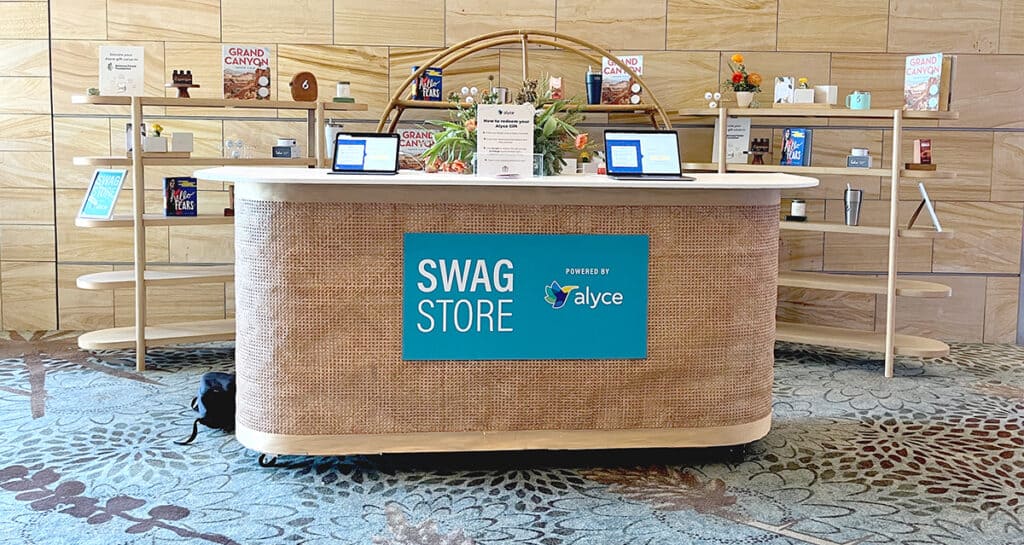
The back of the card contains a unique gift code, which they can use to redeem any item of their choice from an online swag store.
Attendees can choose from thousands of items (handpicked by you) and place their orders — and Alyce will fulfill the rest. You’ll never have to warehouse, manage inventory, package, or deal with the hassle of shipping ever again.
4. Cold emails
I’ve always argued that cold email is not really an outbound sales function but instead outbound marketing.
Think about it: most buyers are not in-market. Have you ever gotten a cold email from a company you’ve never heard of and actually bought something?
Because I haven’t.
Those first-time interactions with a new brand are no different from top-of-funnel display advertising — the only difference is the interaction comes in 1:1 format via email marketing rather than paid ads.
Cold email has become more difficult than ever before
Go browse LinkedIn on any given day, and you’re guaranteed to see an SDR get publicly shamed for their lazy, automated outreach sequences.
And it’s not necessarily their fault. Bad email outreach is primarily a result of misaligned incentives, unrealistic expectations from executive leadership, and a lack of proper SaaS sales training.
It’s no wonder the vast majority of cold pitches get ignored. However, new companies like Gated are making it easier for prospects to block and ignore unwanted solicitations.
However, if done right, cold outreach can still be an effective outbound marketing technique.
Companies like Gong published a few cold email examples actually used by their sales teams.
Our friends at Cognism recently shared their top cold email templates.
The common denominators which make these email examples successful are:
- Good subject lines
- Personalization
- Human tonality
- Relevance
- Concise
- Clear language
- Proper spacing
- Strong call to action
Let’s look at this example from Kyle Coleman, SVP of Marketing at Clari:
This cold email works because:
- It’s highly relevant and leads with the problem.
- It’s short and easy to read. People hate reading long emails, so don’t send them. You can use Lavender.ai to improve clarity and write shorter sales emails.
- It doesn’t ask for the meeting but rather piques interest instead.
✉️ Related: How To Write Persuasive Prospecting Emails to Grow Pipeline (+Templates)
Steps for running effective cold outbound campaigns:
- Scope out high-quality prospects. Don’t email irrelevant people because that’s a one-way ticket to spamville. Even if just 0.1% of recipients mark your messages as spam, it can severely damage your email deliverability.
- Verify the prospect’s email address. You can use Hunter to verify contact data and email addresses in bulk.
- Segment your prospect list. Bucket your prospects based on criteria like company size, jobs to be done, or role. This helps you write more relevant email copy.
- Personalize your email. Don’t spam. Don’t spray and pray. Don’t be lazy. Do your homework and be thoughtful about every interaction.
- Sync your email and CRM data. You can use Cognism to integrate your email platform and CRM system to ensure your contact data is synced and up to date.
- Follow up. Check out these awesome follow-up email templates from Close.com. Use this as a starting point to avoid the dreaded “just bumping this to the top of your inbox.”
- Resist the urge to rely on marketing automation. At first, it works. Eventually, it doesn’t anymore. Aside from advertising fatigue, there’s really no better example than automated email blasts.
5. Email signature marketing
To complement your cold email game, layer email signature marketing on top of it for maximum effect. This is a logical combo for getting the most out of your outbound strategy.
Think about it: the more emails you send, the more impressions, clicks, and engagement you’ll get for any event, webinar, case study, video, podcast, or special offer your company wants to promote in its email footer.
6. Paid social ads
We’ve all experienced it. You’re surfing YouTube late night watching music videos, and suddenly you get smacked with a pre-roll video ad from Grammarly, Wix, or Monday.com.
Yeah, it’s interruptive and annoying. But guess what? It works. That’s why I am writing about those brands right now.
Social media advertising comes in many distinct forms and flavors. It doesn’t matter where you’re browsing — whether it’s Facebook, Instagram, LinkedIn, Twitter, TikTok, or even Snapchat — you’ll be bombarded with social media ads from hungry advertisers trying to win your mindshare.
Best practices for running social ad campaigns:
- Avoid optimizing solely around lead generation.
- Promote ungated versions of in-depth, relevant content — like case studies.
- Don’t fall victim to ad fatigue. Refresh your ad copy and creative assets regularly.
- Continuously monitor and optimize campaigns to maximize clicks and engagement.
Play the long game when running social media ads:
One company targeted me on Instagram for three months straight before I clicked one of their ads.
It takes hundreds of ad impressions before someone eventually clicks. Unfortunately, most B2B companies don’t understand this concept and are giving up way too early.
7. PR campaigns
Sadly, this is the majority of what public relations (PR) for B2B looks like today.
PR for B2B companies is often lumped together with corporate marketing or corporate communications. Sounds lame, I know.
No matter how you slice it, PR is typically recognized as a traditional marketing play that involves generating media coverage for your brand and its products or services.
Effective PR campaigns can dramatically increase brand awareness and skyrocket your visibility in crowded markets. Yet, you rarely see B2B companies doing a good job with PR these days.
And to be clear, “pay to play” content syndication on Forbes or Entrepreneur doesn’t count.
Rand Fishkin calls it the “Wall Street Journal Marketing Problem,” where he brilliantly (and rightfully) chastises tech CMOs who would prefer to be seen by millions of irrelevant eyeballs rather than thousands of eyeballs that matter.
Effective PR techniques (aside from hyping your funding announcements):
- Craft a powerful narrative that resonates with your target audience.
- Resist the urge to copy the brands you love. Don’t fall for the category creation trap.
- Instead, be like Credit Karma and position yourself better inside an existing category instead of wasting marketing resources trying to create a new one.
- Master the art of repetition in your storytelling by learning the science of neuromarketing.
- Contribute to top-tier publishers by pitching well-researched topics that align with current events.
- Turn unlinked brand mentions into backlinks to bolster your website’s SEO strength.
- Leverage existing connections and relationships to write guest posts for niche sites.
Choose Your Outbound Marketing Tactics Wisely
I know, it’s a lot.
While running a mix of inbound and outbound plays in tandem is ideal, it’s difficult to execute across too many marketing channels at once.
Your team probably doesn’t have the resources or bandwidth to run every outbound marketing campaign listed in this guide — but it’s okay.
You’re better off doing fewer marketing activities at a higher quality rather than trying to do it all haphazardly.
Experiment with one or two outbound marketing programs that complement your marketing team’s best strengths, and start there. The reality is that launching at 70% perfection is better than paralyzing your marketing with perfectionism.
Good is the enemy of great. But sometimes, good enough + speed wins. The companies positioned to thrive in digital marketing today are the ones who take action and get sh*t done.




